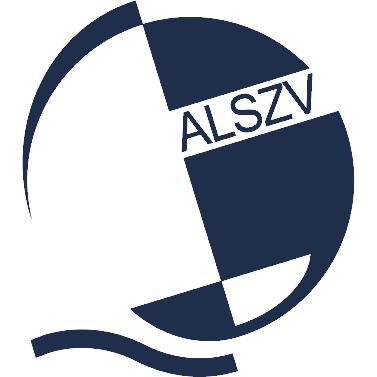

Beverage checkout is a system that handles the orders and inventory management for a bar from a student Sailing association De Blauwe Schuit. This system shows information from customer orders to financial reporting of the association's funds and all the customer funds. This product creates a user-friendly interface for the employees to manage orders, ensure inventory updates, and maintain an order/funds history. It integrates features for authorization, for employees and admins, where admins have more privileges to add accounts, manage stock, and undo transactions. Furthermore, the system ensures customers with insufficient funds cannot order anything except for dinner which will be automatically written off.Also, the system prohibits underage customers from ordering alcoholic drinks. For these things, the associated error will be given to the employee.
Our client is De Blauwe schuit. De Blauwe Schuit is a Dutch student sailing association. When they are not out on the water, they enjoy getting together for activities and drinks. In their clubhouse de Blauwe schuit, they have an outdated bar system, which they want to replace with a better modern beverage checkout system. Their current system is outdated, it uses old PHP libraries which are not being updated anymore. Their goals for us were to recreate the current bar system in Django, to enhance efficiency and to introduce some new features.
We used the scrum method for our project. Throughout every meeting, everybody gets assigned new tasks. The scrum master points out what new tasks need to be assigned and keeps track of what has been done. These new tasks will be added to the scrum board as "new". When someone will pick it up, it will be put under ready and someone will be assigned. When it needs to be done but does not have a deadline we add it to the backlog. If it needs to be done during the sprint, it is added to sprint backlog. When it is being worked on it is added to ready/in progress. Once it is done it is added to in review and once it is reviewed it is added to done. We have different tags and labels to show different features such as the size of the task or the priority. We have different categories such as testing, documentation, enhancement and a couple more.